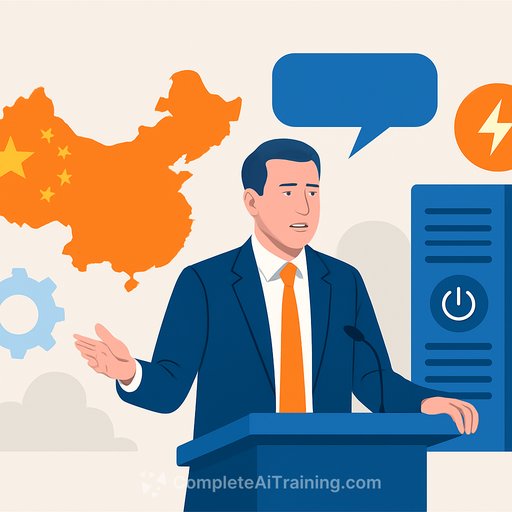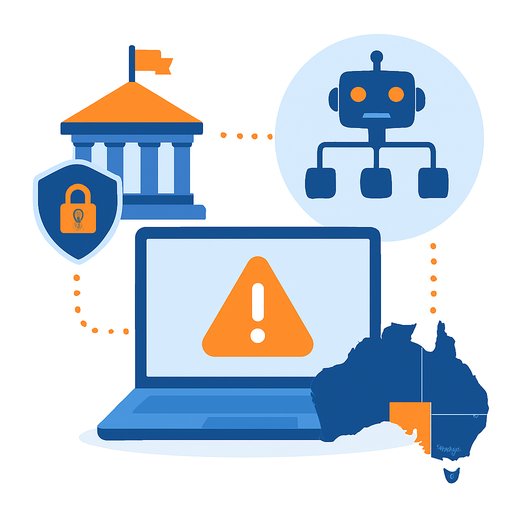AI infrastructure is hitting a wall: Cerebras CEO says US rules are slowing us down
Andrew Feldman, CEO of AI chip maker Cerebras, argues the US is ceding ground to China because our regulatory model slows the build-out of energy and data center capacity. China's centralized approach clears decisions at the national level. In the US, city, county, state, and federal layers collide and delay critical projects.
His point is simple: the AI race isn't just about better models. It's about electricity, land, and time. If approvals drag, compute growth stalls-and with it, US leadership.
What Feldman is saying
China can greenlight dams, add coal generation, and scale solar through national direction. In the US, local ordinances and fragmented rules can derail a major facility or substation after years of planning and billions on the line. Feldman calls it a "patchwork" that functions like a tax on innovation.
He isn't arguing to copy China. He's pushing for cleaner, faster execution inside the system we have.
Policy move on the table: pause state and local AI laws
Feldman supports a federal moratorium on state and local AI statutes-a time-boxed preemption-to give agencies and companies a single rulebook. He suggests five years, with an option to renew. An earlier version of this idea floated in Congress would have paused local AI rules for a decade but didn't make it into the final package.
What government leaders can do now
- Create one standard for AI compliance: Back a federal framework that preempts conflicting state or local rules for a defined period. Reduce compliance drag so teams can build.
- Accelerate grid capacity for compute: Streamline interconnection queues, standardize permit steps, and set clear timelines for high-load facilities and transmission upgrades.
- Use site-readiness zones: Pre-clear industrial parcels near substations and transmission. Enable by-right approvals for projects that meet published criteria.
- Balance the energy mix: Pair utility-scale solar and wind with firm resources (gas with CCS, hydro, nuclear, geothermal) to serve 24/7 training loads.
- Set efficiency guardrails: Require heat reuse where feasible, water-efficient cooling, and demand-response or peak-shaving agreements.
- Adopt a common risk playbook: Align oversight and procurement with the NIST AI Risk Management Framework for consistency across agencies.
- Coordinate across jurisdictions: Stand up joint task forces (state utility commissions, energy offices, local planners, and grid operators) to cut duplicative reviews.
- Fund critical equipment: Prioritize transformers, switchgear, and long-lead components via bulk buys and federal-state purchasing consortia.
Why this matters to your agency
AI demand is outpacing the electric grid in key regions. Without unified rules and predictable approvals, large training clusters will move to where electricity, land, and permits are available-often outside the US.
The path forward isn't central planning. It's disciplined coordination: one standard for AI, faster energy approvals, and clear expectations for efficiency and reliability.
Context on Cerebras
Cerebras builds chips for AI training. The company recently withdrew its IPO filing and said it still plans to list after updating its paperwork. That keeps the firm in the competition-and raises the stakes on US capacity and permitting speed.
Resources
- U.S. DOE Grid Deployment Office - programs and funding that can support transmission and grid upgrades.
- Complete AI Training: Courses by Job - upskilling options for public-sector teams building AI fluency.
Your membership also unlocks:






